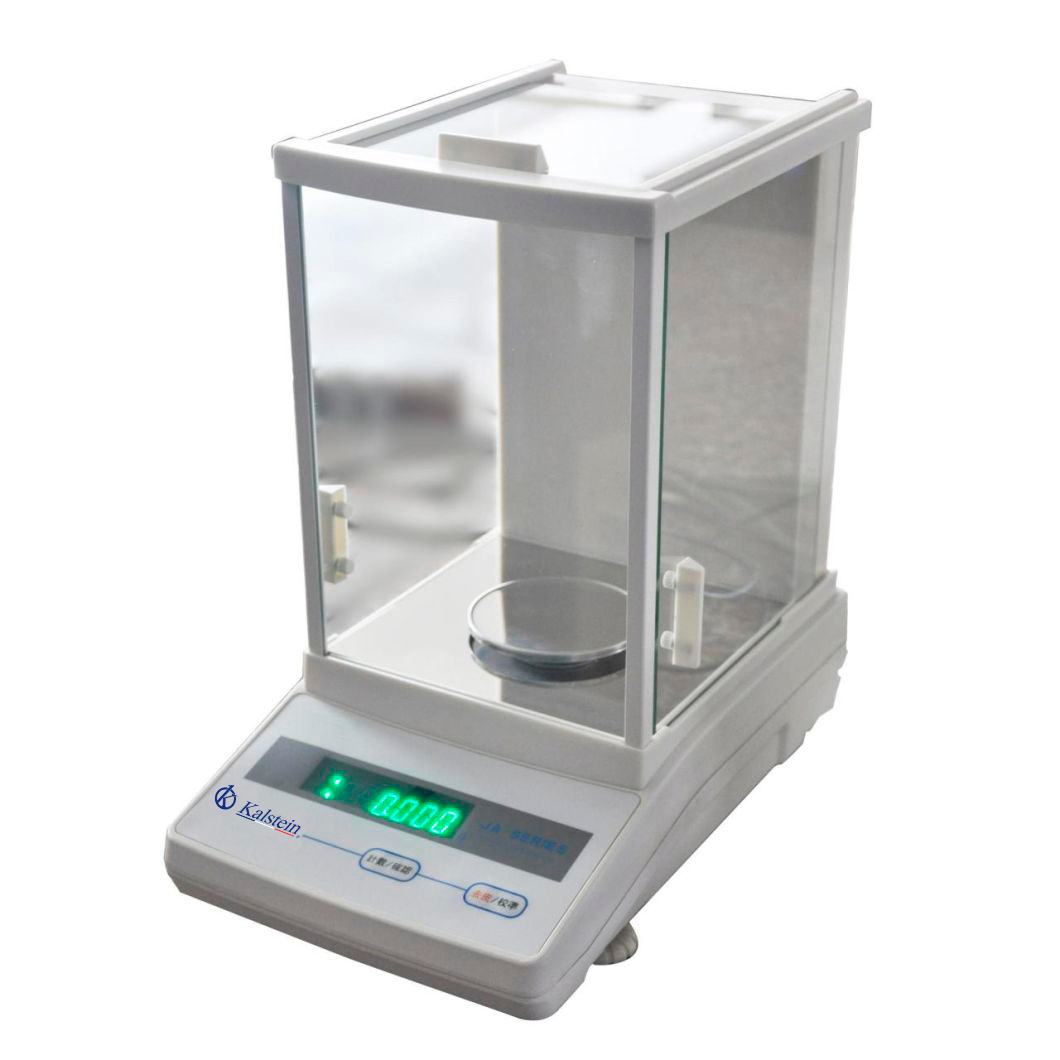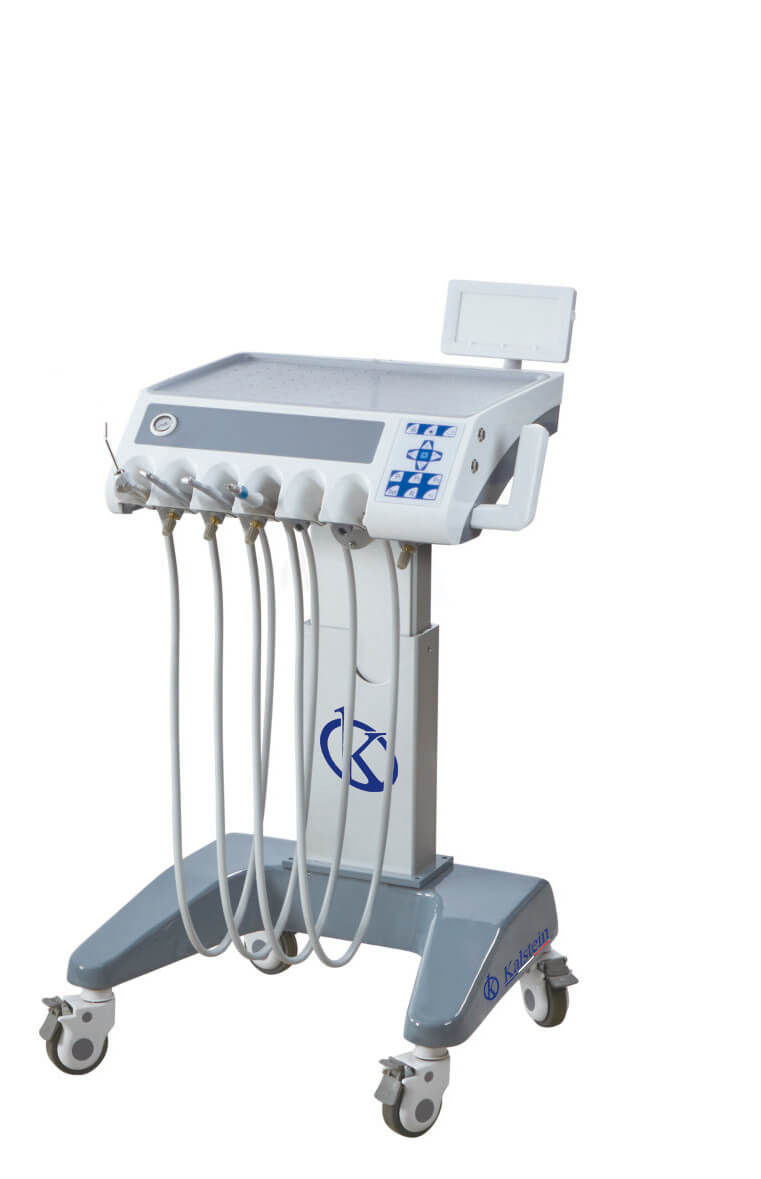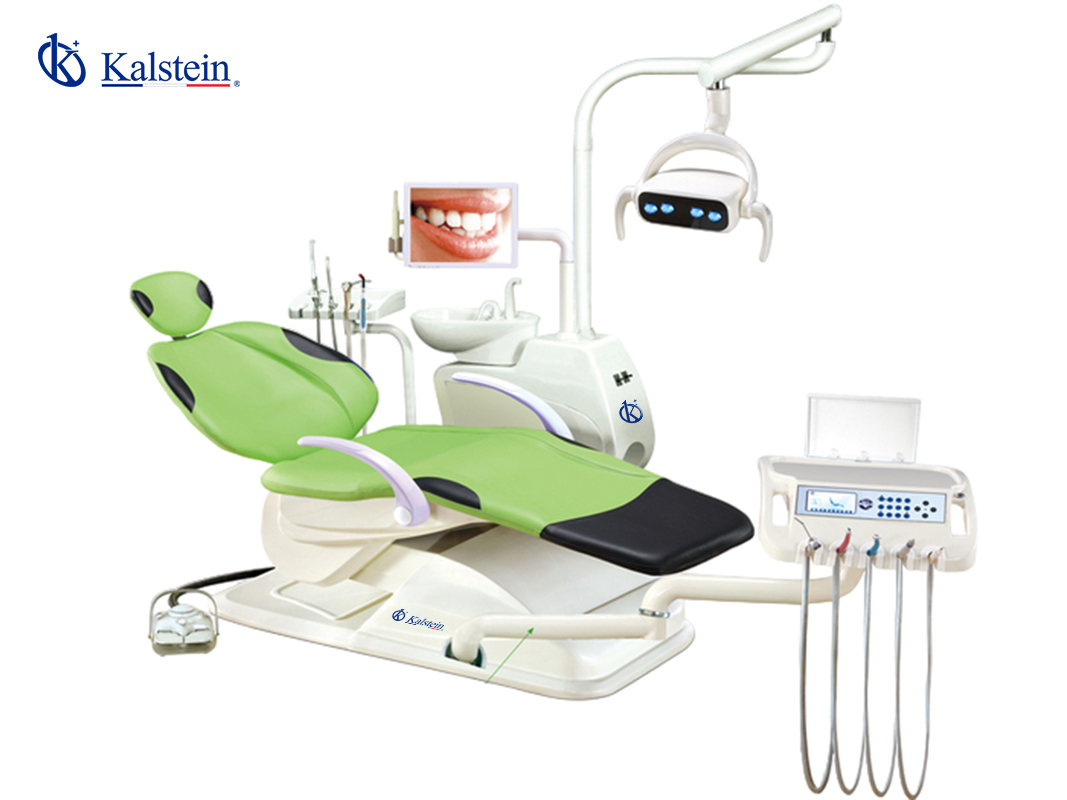Osteomyelitis is infection of the spinal cord cavity, caused mainly by seeding of endogenous-hematogenous pathogens or by disseminated infections. In adults, monoinfections with Staphylococcus aureus, Streptococcus, Pseudomonas aeruginosa, Proteus spp., and Escherichia coli predominate. This disease usually occurs posttraumatically/postoperatively because of direct contamination during trauma or intraoperatively.
Bone infections are quite rare in closed fractures; they occur preferentially in open fractures; therefore, in patients with such fractures, antibiotic prophylaxis or short-term therapy should always be carried out. Risk factors that increase the chances of having osteomyelitis include:
- The severity of the fracture
- The degree of wound contamination
- The extent of associated tissue injury
- Patient-specific factors such as hypotension, smoking, malnutrition and alcoholism.
What are the pathogens and symptoms of chronic osteomyelitis?
Mixed infections often occur with staphylococci, streptococci, enterobacteria, and rarely anaerobes. In the case of postoperative osteitis, it is dominated by staphylococci. Laboratory parameters, such as white blood cell (WBC) elevation or sedimentation rate, are usually not remarkable for the diagnosis of this bacterial infection; imaging-based diagnoses are conclusive. Clinical signs of bone infection are nonspecific:
- Fever
- Pain
- Swelling
- Redness of area
Chronic osteomyelitis causes less general discomfort than does the acute form. However, because of the bone’s limited carrying capacity, mobility can be severely impaired, and dull, recurring pain is common. Fistulas may originate at the site of infection, from which pus and bone sequelae discharge from the opening. As a reaction to chronic inflammation, neighboring bone areas may thicken. Important complications include pathologic fractures that are difficult to heal or do not heal and the development of nonunion.
Treatment of chronic osteomyelitis and the balance of tests
Like any bacterial infectious disease, chronic osteomyelitis should be treated with antibiotics. In this sense, experience with the use of antibiotics has shown that their inappropriate use either by not complying with the indicated treatment or using lower doses than recommended leads to the generation of more resistant bacteria, which are then difficult to eliminate.
For this reason, the analytical balance as a small mass measurement instrument provides the precision and accuracy necessary to weigh the doses of antibiotics to be administered, ensuring that the treatment will be met as intended; in other words, the doses of these antibiotics can only be measured with an analytical balance. These antibiotics and their doses in parenteral therapy begin with:
- Aminopenicillin/BLI, a group 2 cephalosporin in combination with clindamycin or, if needed, a fluoroquinolone.
- For infections caused by multidrug-resistant staphylococci, treatment with teicoplanin may be effective.
- If there is a high risk of MDR. -staphylococci, linezolid should be considered, although its use is problematic because of the long duration of therapy for several weeks.
After receiving microbiologic diagnostic results, therapy should be continued specifically. Therapy should be given over several weeks (if needed as sequential therapy) because pathogens may persist in dead or poorly perfused bone structures. In this sense, having an analytical balance in the laboratory, has the benefit of ensuring that the precise doses of the prescribed antibiotics can be weighed without any problem.
The benefit of choosing Kalstein’s analytical balance
In order to measure a drug such as antibiotics, it is good to have an analytical balance that provides the proper assessment, and in this case that of the manufacturer Kalstein surprises by its performance. The aforementioned instrument, in its model YR can weigh from 0.4 mg, which makes it ideal for weighing controlled drugs such as antibiotics. In addition, these models are easy to use, have a high-volume cover that protects against drafts and a high-contrast LCD screen that makes it easy to read the heavy mass.
The scale models can be consulted via the web at the following link HERE. There are images of the equipment and other technical details; you can also check the price, if you are thinking about the purchase. Also, on the home page HERE, you will find a variety of high-quality equipment, specially designed to facilitate laboratory work in the health sciences.




